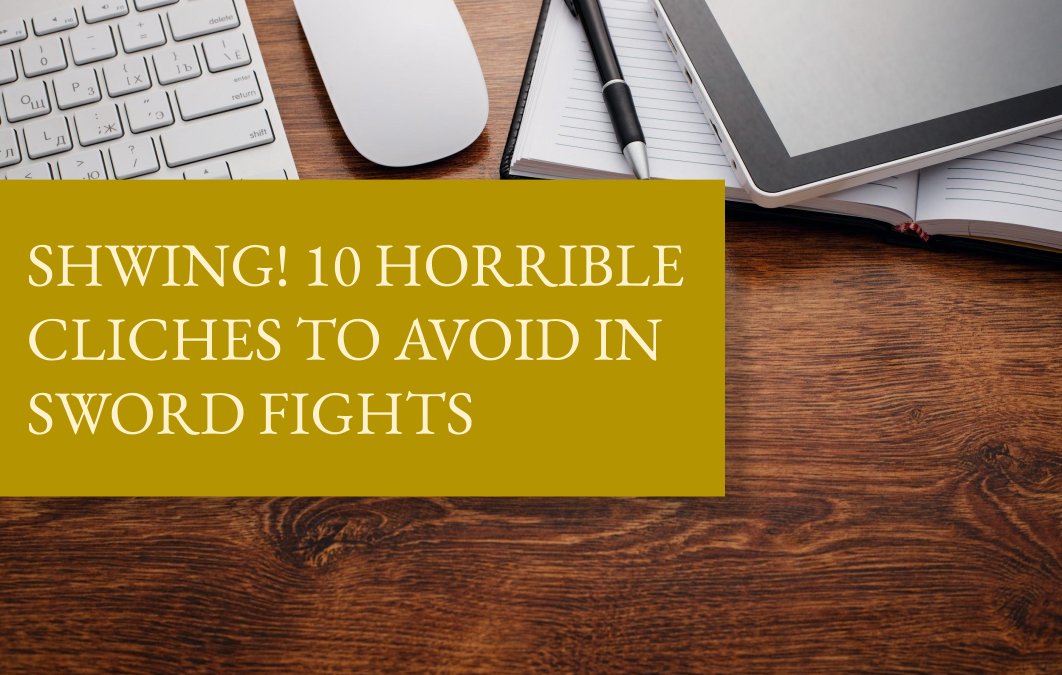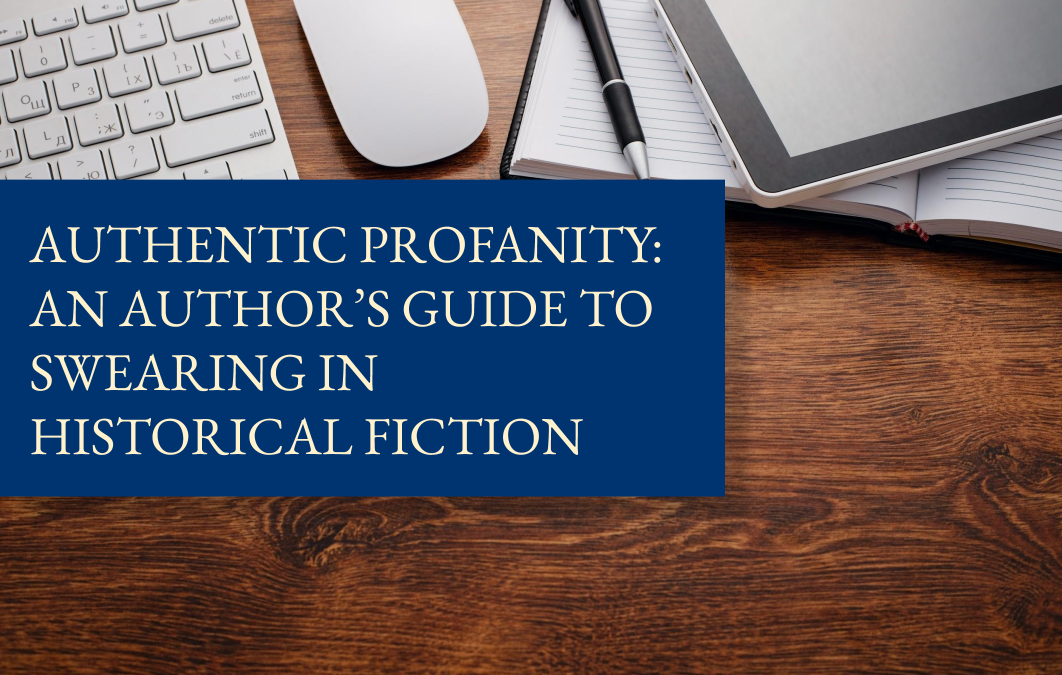


Authentic profanity: an author’s guide to swearing in historical fiction
Writing historical fiction presents its own particular challenges, not least when it comes to dialogue. How does an author create a sense of time and place without sounding faux-archaic or having characters proclaim “ye olde clichés”? Worse still, the unwitting author...
Your horse is not a car: a guide to writing about horses in historical fiction
Unless your historical novel is set in a single location, your characters are going to need to travel. And that means horses. Till the turn of the century, the horse dominated the way we travelled, and in rural areas, that continued right up to the start of WW2. It’s...
Five top tips for writing a book series
There are a lot of good reasons to write a book series: it allows you to spend more time with the characters you’ve invested in, you can make repeated use of all the research you’ve done for your setting (something that historical fiction is particularly heavy on, of...
The order of things: how to fashion a plot out of a real person’s life
Historical fiction, as we know, is that fusion of history and story, fact and fiction coming together to offer a fascinating insight into the lives of those who’ve come before us – real or imagined – set against a background of delicious historical detail. Love...
Free indirect discourse: what it is and why you should use it
Free indirect discourse is one of the most useful and effective tools available to those writing from a third person point of view. It sounds kind of fancy, but it’s actually quite a natural technique (you may have even used it without realising!). So what exactly is...
The top five challenges of writing historical fiction (and how to overcome them)
The process of writing historical fiction can throw up some pretty tough challenges, but with a bit of knowledge, practice, and determination, it’s certainly possible to overcome them. To help you along, we’ve put together this guide on the top five challenges of...
Four steps for writing romantic relationships that make sense
Even if your story is not a historical romance, you may still want to incorporate a romantic subplot for that extra dose of spice and emotional depth. But you want to do it well. You’ve read your share of predictable, throwaway relationship subplots that left you...
How to hook your reader in chapter one
The first chapter of your novel – or your prologue if you prefer – must contain a compelling opening hook, giving the reader a taste of what’s to come and persuading them that the rest of your story isn’t to be missed. Get it right and your reader will commit to your...
